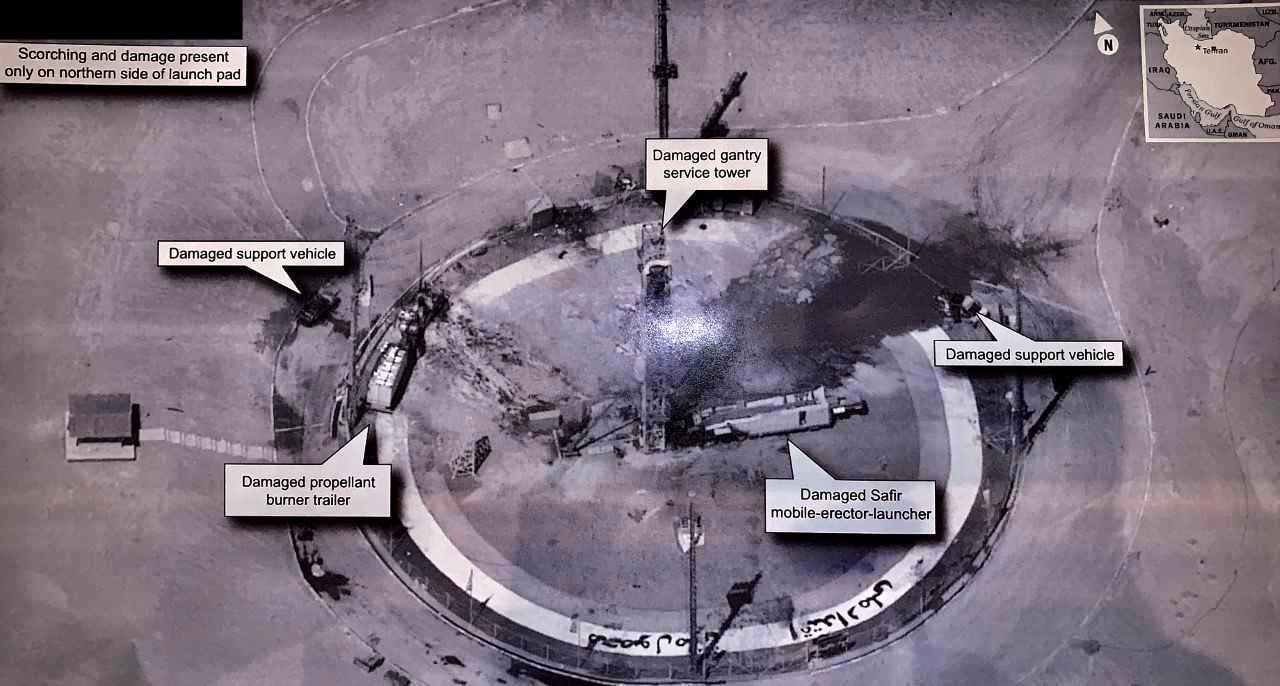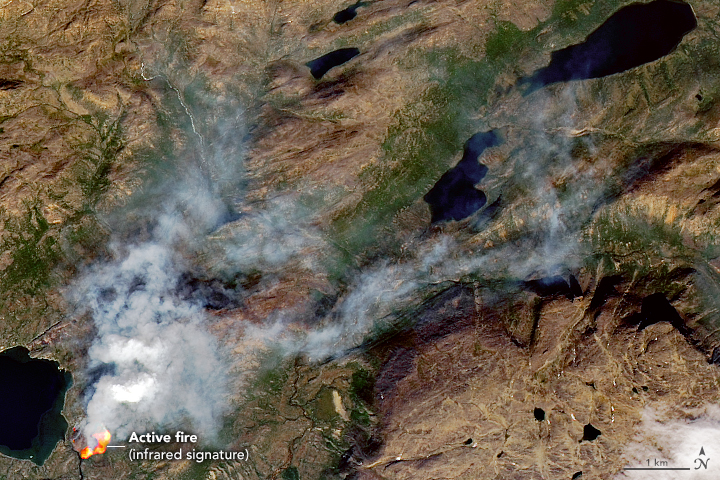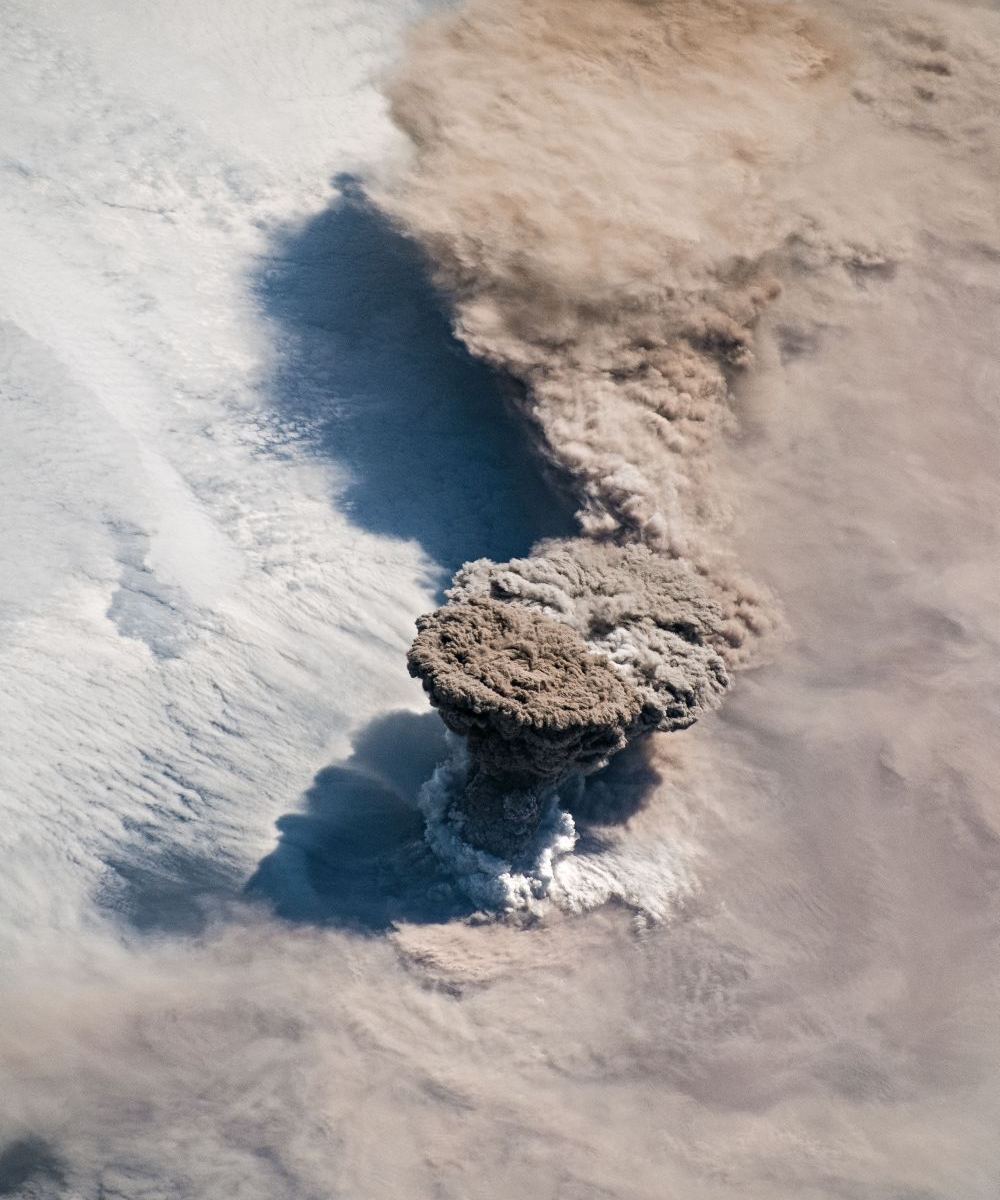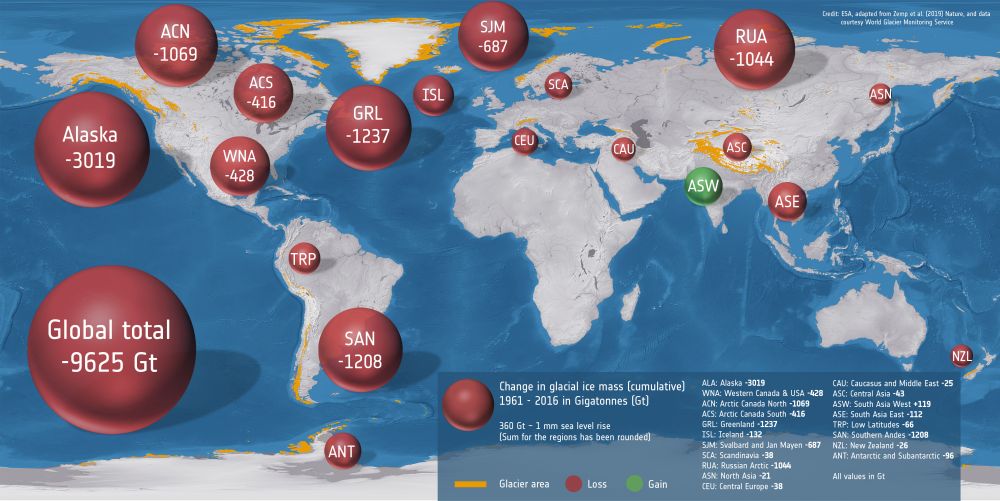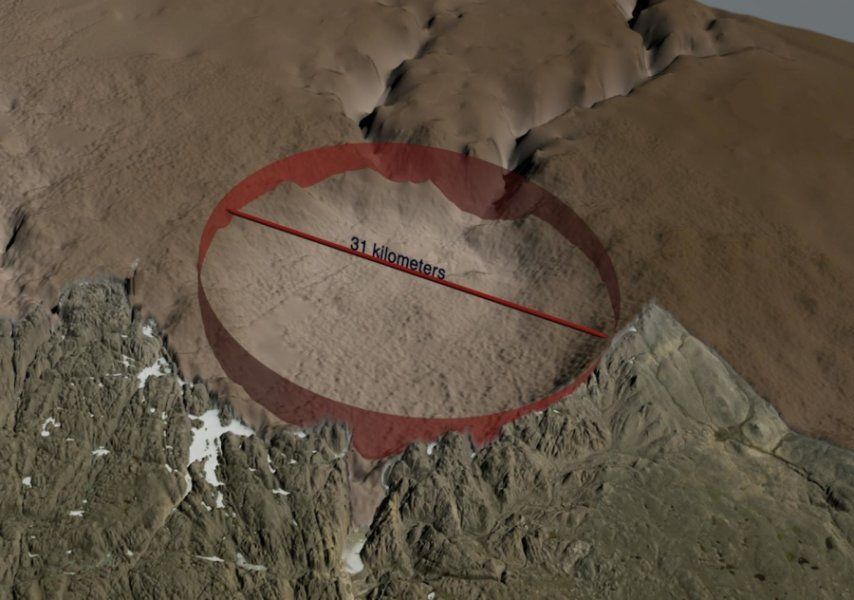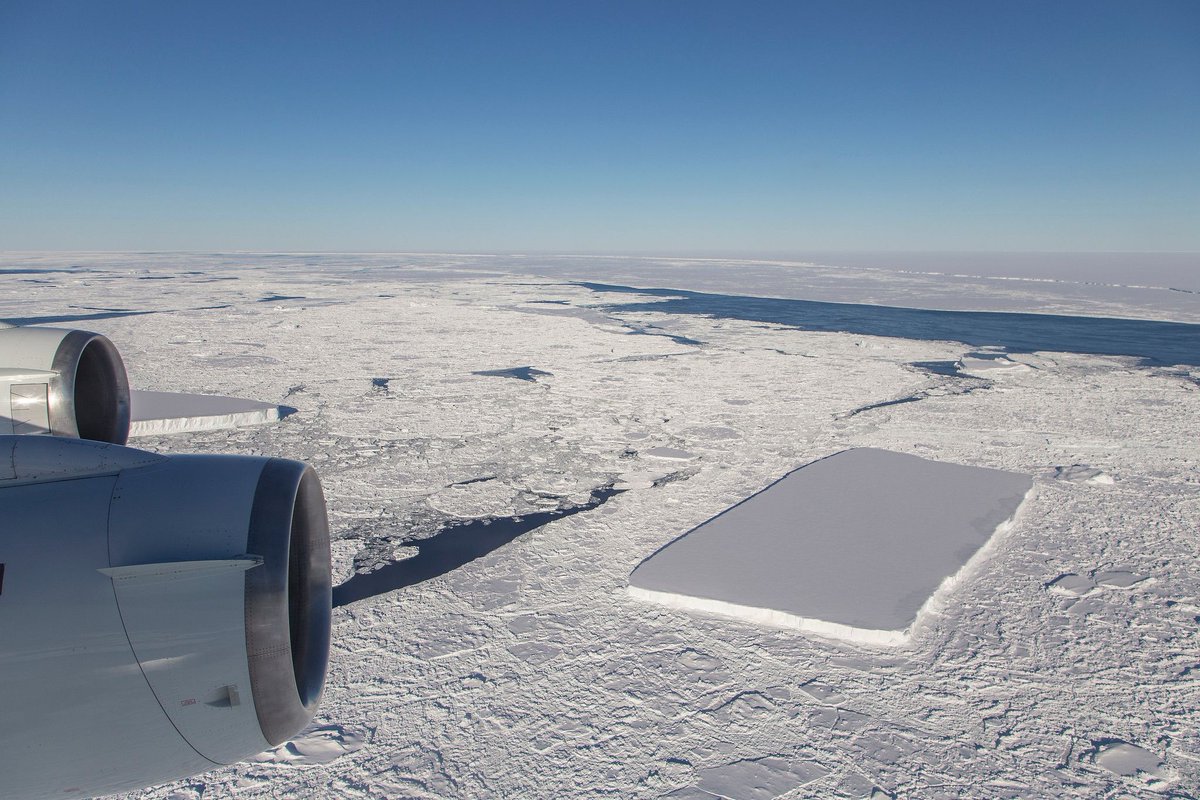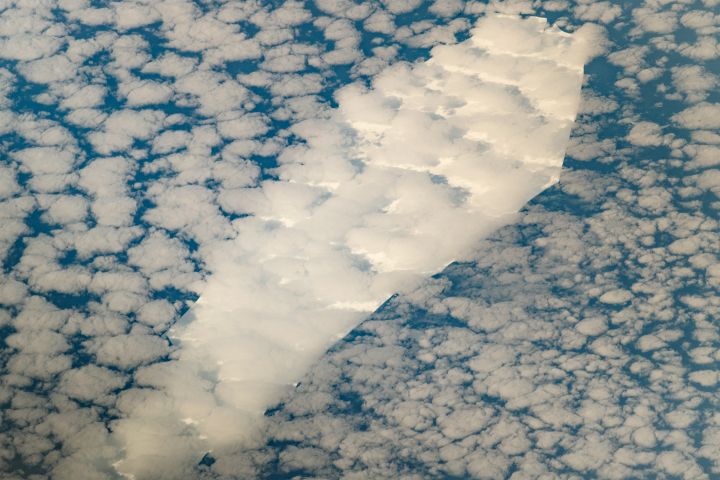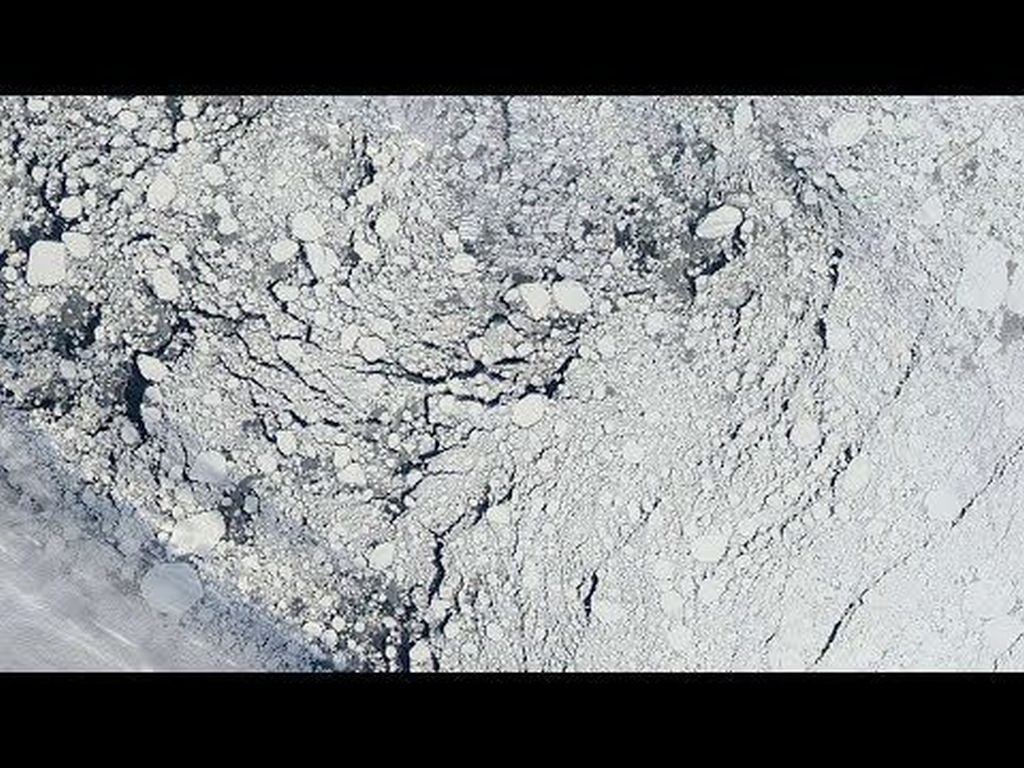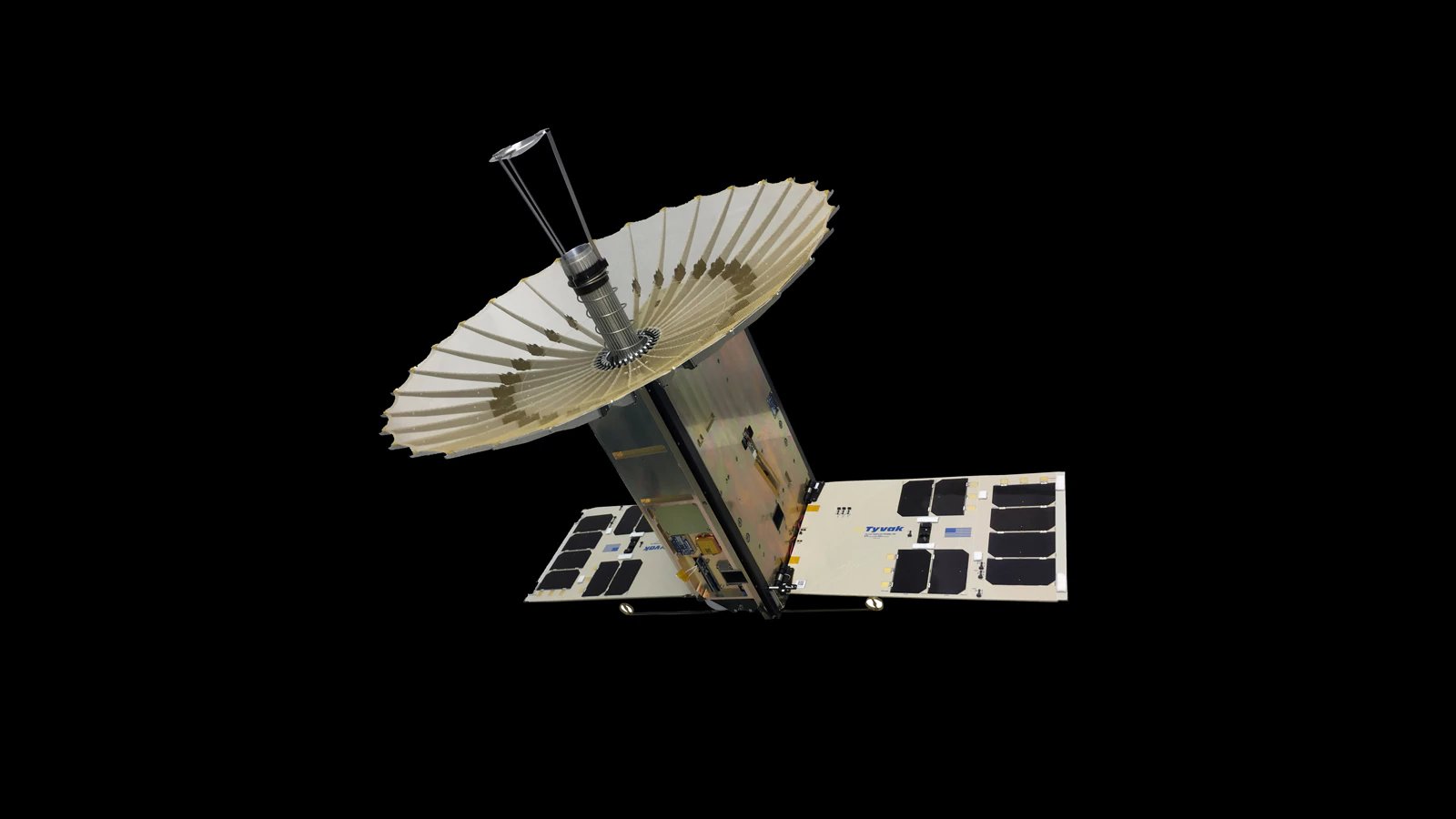Weather tracking is difficult work, and has historically relied on satellites that are large and cost millions of dollars to launch into space. And with the threat of climate change making things like tropical storms, tornadoes and other weather events more violent around the world today, people are increasingly reliant on early warnings and real-time monitoring.
However, NASA is looking to change that by deploying a new breed of weather satellite that takes advantage of recent advances in miniaturization. This class of satellite is known as the RainCube (Radar in CubeSat), which uses experimental technology to see storms by detecting rain and snow using very small and sophisticated instruments.
Continue reading “NASA Tests a Tiny Satellite to Track Extreme Weather and Storms”


